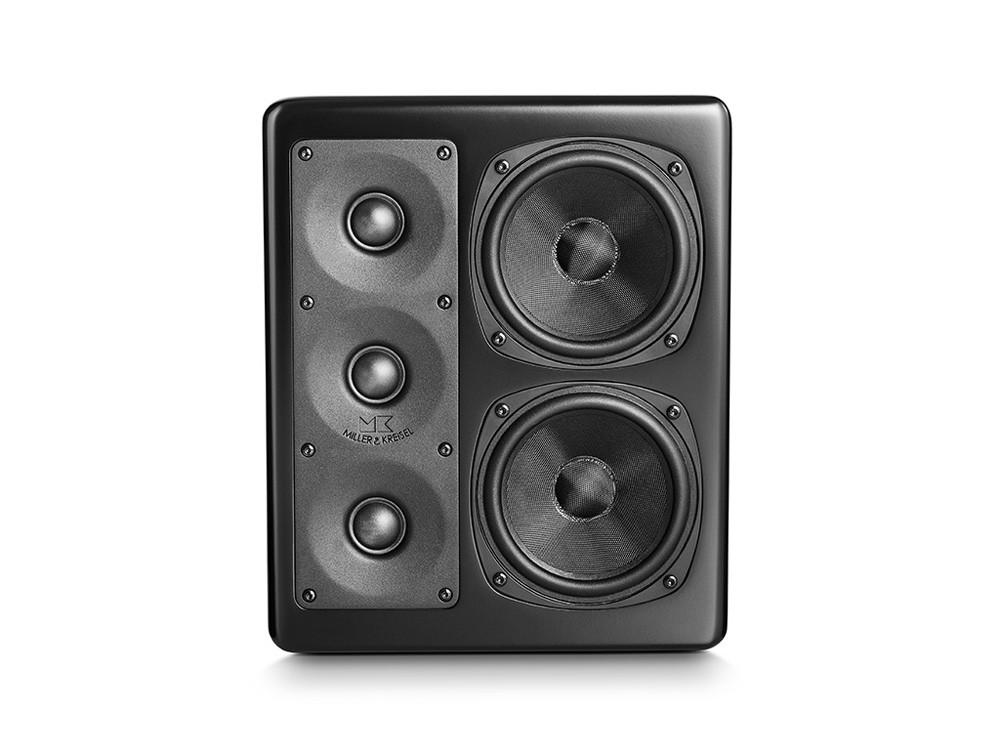


The Kharma is, in fact, very airy-and not just in the treble. No, the 150 does not completely sidestep the top-end compression of Class D/T amplification, although it is the only Class D amp I’ve heard that does not make orchestral bells sound rather more like doorbells or rattled chains, or suck most of the air and energy out of the top treble. The Kharma MP150 was the first Class D amp I heard-and would that all of them had turned out to be as good. Jonathan Valin comments on the Kharma MP150 It may not have quite the weight and texture, bloom, or high-frequency extension of a really fine linear design, but it comes mighty close and is among the most beautiful-sounding amplifiers I know, regardless of type. But when it comes to tonal naturalness, ambient recovery, frequency balance, continuousness, transparency, depth, and sheer musicality, it is, for these ears, the only Class D I know of that I would choose to live with. Interestingly, the MP150 is the smallest and lightest of the amps I tried.
#Miroir mp150 review full
Listen to Gidon Kremer’s latest ECM recording of the Bach sonatas and partitas for solo violin, where Kremer’s spirited yet lovely playing dances with microdynamic life or in a more raucous mode, the Yeah Yeah Yeahs’ “Gold Lion,” from Show Your Bones, where the opening kick and snare drums, and later the full band, all but burst out of the speakers.

The MP150 has a beautiful way with dynamic shifts, too. But the MP150 clearly separates each instrument like stars against a perfectly clear evening’s sky. With the other amps I sampled, you get either a clinical clarity that disguises itself as transparency (but isn’t because it lacks air) or the sonic equivalent of a theater scrim overlaying the players. It begins with sparse orchestration, and with the Kharma you hear all the way back (tremendous depth is one of this little baby’s hallmarks). The piano is warm and weighty, with a good sense of its percussive nature, the bass big and full, the flute breathily metallic, the triangle just barely there but easily heard.Īnd talk about transparency-check out Thomas Adés’ Asyla, a well-recorded and marvelous piece of music. When Nina Simone sings “Don’t Explain,” from Verve’s Four Women boxset, the flute, triangle, piano, and acoustic bass are all beautifully integrated with her voice. No frequencies stand out, and none is disconnected from the whole. Unlike the other three designs I auditioned for this survey, the MP150 is a beautifully balanced amplifier. The treble of the MP150 is still a little lacking in extension and solidity, but it is notably airy. Perhaps most significantly so in the upper frequencies, where most Class D amps simply sound wrong, so wrong they can-again, like nascent CD playback-induce headaches. The Kharma, and I haven’t a clue as to why, sounds more like a Class AB design than does any other Class D model of my experience. The other is that Kharma’s MP150 is the best Class D amplifier I’ve heard-and that by a country mile.Īm I damning the MP150 with faint praise? Nope. In my opinion, most Class D is not only not up to even a mid-level linear amplifier, it is, like early CD playback, often dreadfully bad. One is that the Kharma and Edge models had given me unrealistically high expectations for this still young technology. But I can say that my experience with Class D, which now spans five models heard in my system, leads me to two early conclusions. Well, Kharma makes no other amps, so nobody knows what ideal it was voiced to. (This still seems to be the case, but to a limited degree.) As I read and spoke with colleagues about other Class D amps (and read reviews of some “hot” models), early indications were that Class D was some kind of electronic putty, able to be molded by its manufacturer to sound like other electronics in a given manufacturer’s line- Edge sounds like Edge, ARC like ARC, Rowland like Rowland, etc.

#Miroir mp150 review free
Though a bit lightweight-sounding, the G.5 shared many of the virtues we appreciate in Edge’s other solid-state gear-a warm, open, lovely sound, free of darkness and grain. Before that, I’d briefly heard only one other Class D amplifier in my system, the Edge G.5. The Kharma MP150 has been my reference amplifier since I received a pair in March to go with the company’s gorgeous-sounding Mini Exquisite speakers (a review of which will appear in our next issue).


 0 kommentar(er)
0 kommentar(er)
